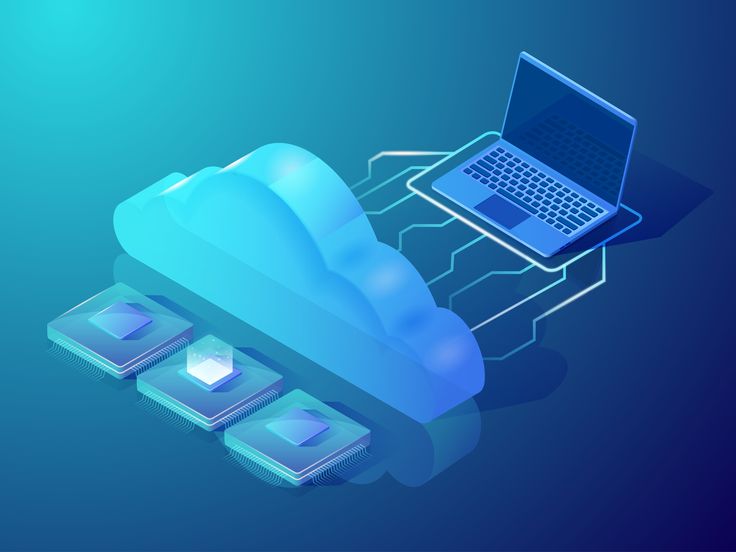Cloud computing has revolutionized the way businesses and individuals access and store data, enabling flexible, on-demand access to computing resources. It eliminates the need for physical infrastructure and allows users to leverage the power of the internet to manage applications, storage, and processing power. Let’s delve into what cloud computing is and explore its various types.
What is Cloud Computing?
Cloud computing refers to the delivery of computing services—including servers, storage, databases, networking, software, analytics, and intelligence—over the internet (“the cloud”). Instead of owning physical data centers or servers, businesses can rent access to these resources from a cloud service provider. Key features of cloud computing include:
- On-Demand Availability: Access resources as needed without upfront commitments.
- Scalability: Easily scale resources up or down based on demand.
- Cost-Effectiveness: Pay only for the resources used.
- Accessibility: Access data and applications from anywhere with an internet connection.
- Reliability: Benefit from robust disaster recovery and data backup solutions.
Types of Cloud Computing
Cloud computing is categorized into three main types based on the service model and four types based on the deployment model.
Service Models
- Infrastructure as a Service (IaaS)
- Definition: IaaS provides virtualized computing resources over the internet. It offers access to fundamental IT infrastructure such as virtual machines, storage, and networks.
- Examples: Amazon Web Services (AWS), Microsoft Azure, Google Cloud Platform.
- Use Cases: Hosting websites, storage, and backup solutions.
- Platform as a Service (PaaS)
- Definition: PaaS offers a platform allowing developers to build, test, and deploy applications without managing the underlying infrastructure.
- Examples: Heroku, Google App Engine, Microsoft Azure App Service.
- Use Cases: Application development, API development, and deployment.
- Software as a Service (SaaS)
- Definition: SaaS delivers software applications over the internet on a subscription basis. Users can access these applications through web browsers.
- Examples: Google Workspace (Docs, Sheets, Gmail), Salesforce, Dropbox.
- Use Cases: Email, collaboration tools, and customer relationship management (CRM).
Deployment Models
- Public Cloud
- Definition: Services are offered over the public internet and shared among multiple organizations.
- Advantages: Cost-effective, scalable, and easy to deploy.
- Examples: AWS, Google Cloud, Microsoft Azure.
- Private Cloud
- Definition: Services are exclusively used by a single organization, offering greater control and security.
- Advantages: Enhanced privacy, security, and customization.
- Examples: VMware, OpenStack.
- Hybrid Cloud
- Definition: Combines public and private clouds, allowing data and applications to be shared between them.
- Advantages: Flexibility, scalability, and optimized resource usage.
- Examples: AWS Outposts, Microsoft Azure Stack.
- Community Cloud
- Definition: Shared infrastructure among organizations with common goals or regulatory requirements.
- Advantages: Cost-sharing, enhanced collaboration, and compliance.
- Examples: Government or healthcare-specific cloud services.
Benefits of Cloud Computing
- Cost Efficiency: Reduces capital expenditure on hardware and software.
- Flexibility: Supports remote work and collaboration.
- Performance: Offers high-speed computing and reduced latency.
- Security: Provides robust security features and compliance options.
- Innovation: Encourages faster deployment of new applications and services.

